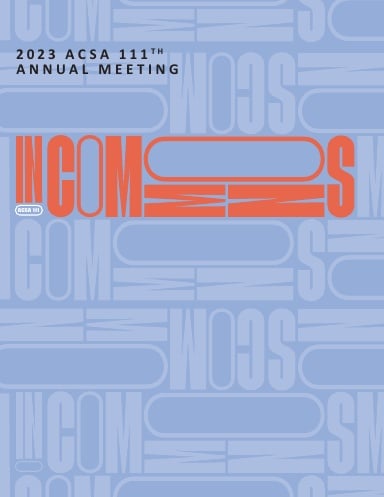Author(s): Mark Erickson
Contemporary digital practice allows for an incredible facility in the both the generation and fabrication of objects. However, despite high degrees of numerical precision, geometric information is lost as is moves from the abstract (non-visual) world of geometry to the screen, paper or some other material form. The job of the architect, as described from Alberti onward, is to define the building through drawing so that it can be precisely constructed on site.2 A process of approximation and loss along the way is less than ideal, but it is a central part of the digital culture of which architecture is a part.3 It is also an intrinsic, but often times unmentioned, aspect of architectural method. 4 Even Henri Poincaré’s ideal circle is manifested as only a “round thing” once it translated into physical space—leaving the designer’s intent and the form of the object muddled with technologies of fabrication. This project questions ideas precision in architectural drawing through the study of approximation and loss as generative drawing strategies. The project is composed of a series of animations that and still images produced through the continuous approximation of both a simple and iconic geometry—the sphere.
https://doi.org/10.35483/ACSA.AM.111.12
Volume Editors
ISBN
978-1-944214-41-8

 Study Architecture
Study Architecture  ProPEL
ProPEL 
